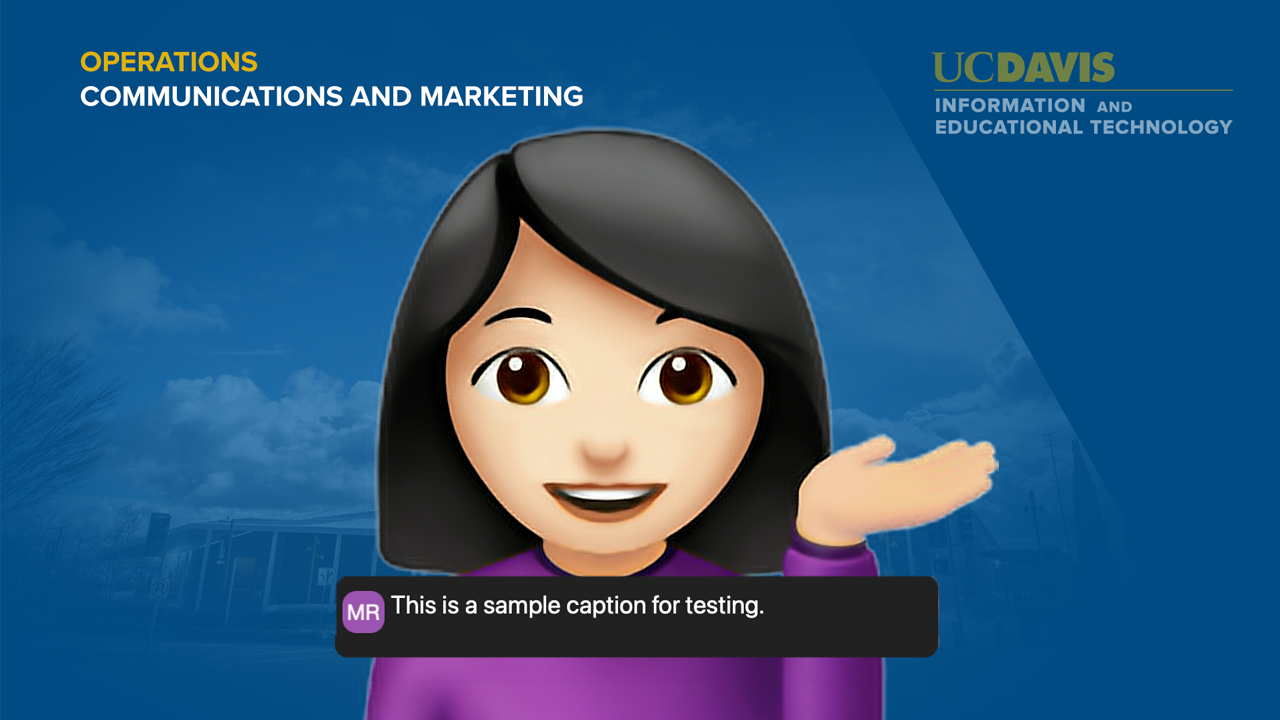
How to turn on Zoom automated captioning, and why you should
In recognition of Global Accessibility Awareness Day on May 18, it is timely to share tools, like Zoom automated captioning, that enhance the usability of technology for everyone. Zoom’s automated captioning feature creates instant captions during live Zoom meetings which supports accessibility for those who are deaf or have experienced hearing loss but is also helpful for those working with distractions or low-bandwidth connections.
Joshua Hori, accessible technology coordinator at Information & Educational Technology (IET), learned something while in an interview with a hearing-disabled applicant. He found out that the automated captioning feature can’t be enabled during a meeting in session. “In that instance, I accepted the applicant’s offer to host the meeting, ensuring automated captioning was active,” said Joshua. To avoid this happening in the future, Joshua enlisted the help of IET Communications to help spread the word through a short video tutorial covering automated captioning setup in Zoom. Automated captioning ensures that Zoom meetings become more inclusive: more people can successfully connect, communicate, and participate using Zoom by enabling its accessibility features.
Zoom automated captioning is available to all UC Davis affiliates, but if you are a faculty or staff member who is interested in exploring assistive technology, please contact Disability Management Services at dmshelp@ucdavis.edu. Students in need of assistive technology can explore their options through the Student Disability Center.
